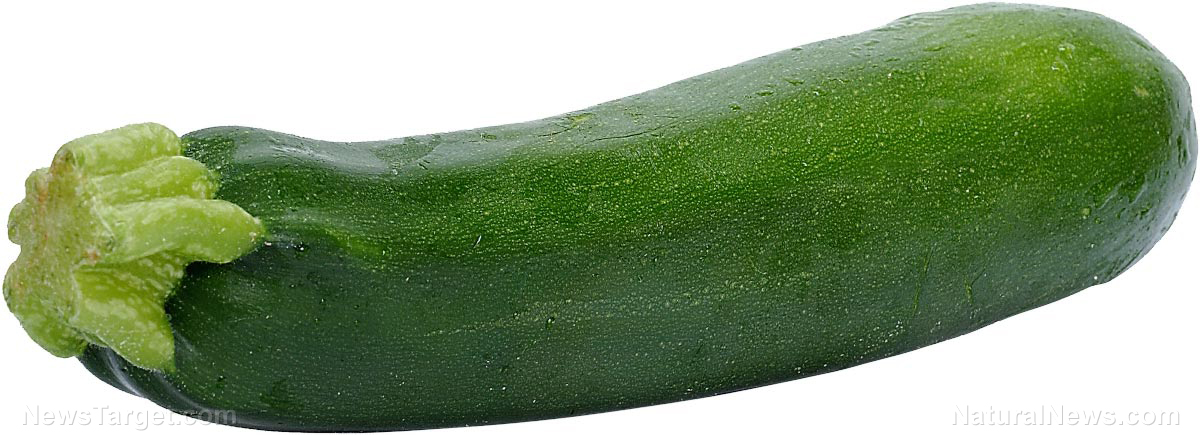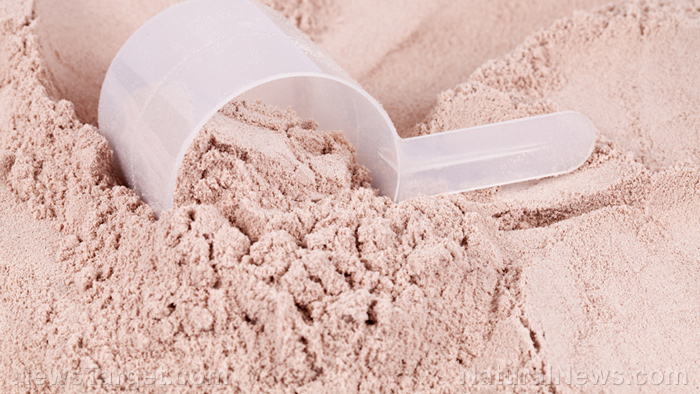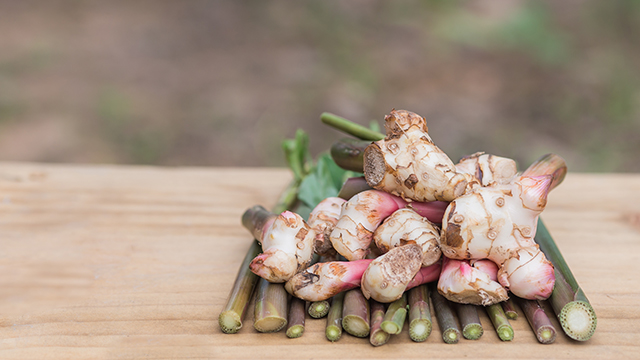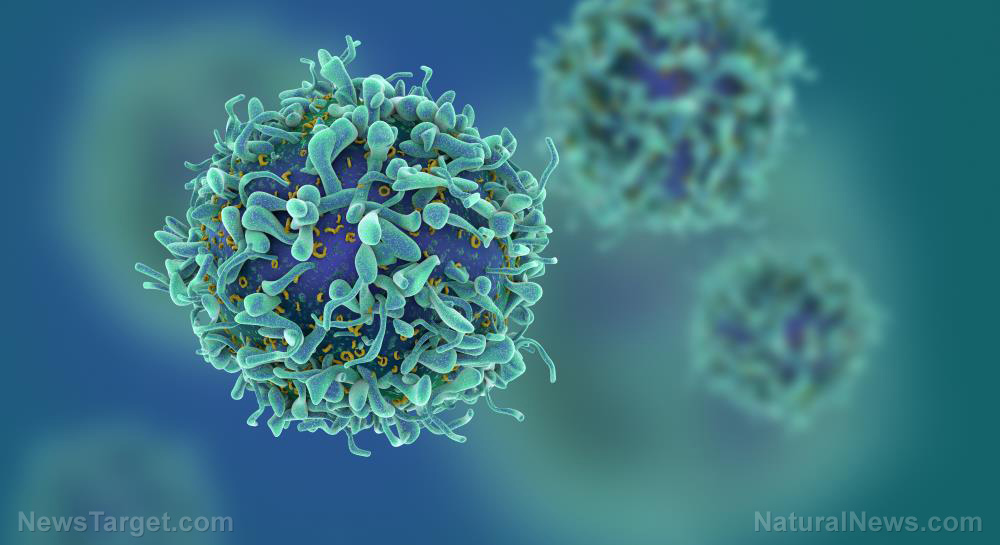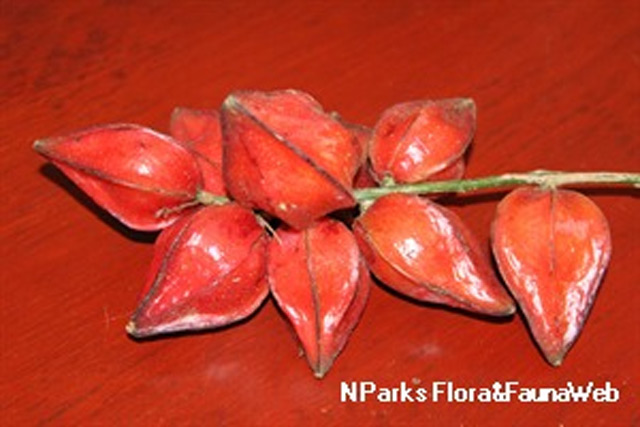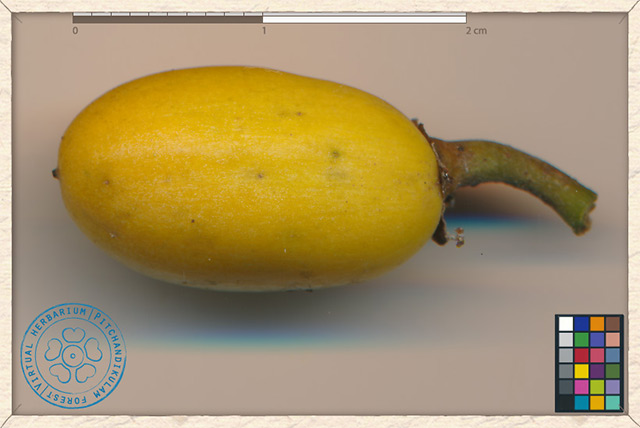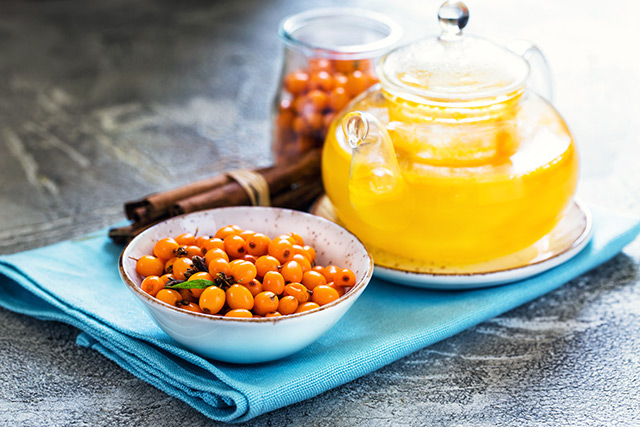What is a low-FODMAP diet and how can it address IBS symptoms?
05/23/2019 / By Zoey Sky

An individual with a digestive condition like irritable bowel syndrome (IBS) usually suffers from debilitating symptoms like cramps, diarrhea, or constipation. For those looking for natural remedies to these symptoms, health experts suggest a unique dietary plan called the low-FODMAP diet.
Compared to other dietary plans, the low-FODMAP (Fermentable Oligo-, Di-, Monosaccharides, and Polyols) diet is lesser known. At its core, the low-FODMAP diet “follows a very specific eating plan that cuts out and reintroduces foods in an effort to ease and improve digestive issues” like IBS.
IBS affects at least six to 18 percent of people around the world. This digestive condition causes changes in frequency or form of bowel movements and lower abdominal pain.
Common IBS symptoms include:
- Pain and cramping
- Gas and bloating
- Constipation
- Diarrhea
- Alternating constipation and diarrhea
- Changes in bowel movements
- Food intolerance
- Fatigue
- Difficulty sleeping
- Anxiety and depression
Various factors like diet, stress, poor sleep, and changes in gut bacteria can trigger the symptoms of IBS. However, each person with IBS has different triggers, which makes it difficult to identify the specific foods or stressors that you need to avoid.
Healing digestive issues with low-FODMAP diet
“FODMAP” foods are carbohydrates. Specifically, these carbs are linked to digestive issues.
In 2005, a team of gastroenterologists at Monash University in Australia developed the low-FODMAP diet to help people diagnosed with IBS. The researchers came up with the diet when they determined that certain IBS symptoms such as abdominal pain, bloating, and constipation could be significantly improved by eliminating high-FODMAP foods from your diet.
In the study, the researchers found that FODMAP carbohydrates often attract water into the intestine. As the liquid interacts with the gut bacteria in your large intestine, it triggers a fermentation process which then produces gas. This gas causes the painful symptoms of IBS. (Related: Fixing gut health problems safely and effectively.)
Cutting high-FODMAP foods from your diet means you also prevent them from being fermented by bacteria and producing gas. This simple change can significantly improve quality of life for people with the many symptoms of IBS.
Dr. Vincent Pedre, a gut health specialist and the medical director of Pedre Integrative Health, shared that low-FODMAP diet improved symptoms in at least 68 to 76 percent of IBS patients. He added that the diet is also beneficial for others with gut conditions such as celiac disease, Crohn’s disease, inflammatory bowel disease, and small intestinal bacterial overgrowth (SIBO).
High-FODMAP foods
The first step of the low-FODMAP diet is determining which foods are high in FODMAPs and avoiding them.
If you’re considering the low-FODMAP diet as a natural way to manage your IBS symptoms, here are the foods that you should eliminate from your diet:
- Vegetables – Artichokes, asparagus, broccoli, Brussels sprouts, cauliflower, corn, fennel, garlic, leeks, mushrooms, onion, and snow peas.
- Fruits – Apples, apricots, blackberries, cherries, figs, mangos, peaches, pears, plums, prunes, and watermelons.
- Legumes – Beans, chickpeas, edamame, and lentils.
- Grains – Barley, rye, and wheat.
- Nuts – Cashews and pistachios.
- Dairy – Fresh and soft cheeses, ice cream, milk, sour cream, and yogurt.
- Sweeteners – Agave, high-fructose corn syrup, honey, and sugar alcohols (e.g., maltitol, sorbitol, and xylitol).
Low-FODMAP foods
During the first three to eight weeks of the low-FODMAP diet, you should eat only low-FODMAP foods. Take note that the diet doesn’t require you to avoid high-FODMAP foods for the rest of your life, you just need to restrict your intake for several weeks then gradually reintroduce some high-FODMAP foods.
Here’s a list of low-FODMAP foods that you should eat while following this diet:
- Vegetables – Arugula, bell peppers, bok choy, cabbage, carrots, celery, cucumber, eggplant, kale, lettuce, spinach, squash, sweet potatoes, and zucchini.
- Fruits – Blueberries, cantaloupe, grapefruit, grapes, kiwi, orange, pineapple, and strawberries.
- Grains – Quinoa, oats, and rice.
- Meats, fish, eggs – You can consume these protein sources while following the low-FODMAP diet.
- Nuts and seeds – Almonds, macadamia nuts, peanuts, pumpkin seeds, sesame seeds, and walnuts.
- Dairy – Hard cheeses and non-dairy alternatives.
- Sweeteners – Brown sugar, pure maple syrup, stevia, and white sugar.
- Fats and oils
Trying the low-FODMAP diet
Many high-FODMAP foods are nutritious, but you need to avoid them in the first couple of weeks for this diet since a lot of people have sensitivities to this type of carb.
The low-FODMAP diet will reduce your intake of dietary fiber. You may need a low-FODMAP fiber supplement like rice bran or oat bran to address this.
The diet begins with the elimination phase where you need to cut all high-FODMAP foods from your diet for three to eight weeks.
When you slowly reintroduce high-FODMAP foods to your diet, keep a food diary to track anything that gives you digestive issues.
Nutritionists recommend reintroducing individual food groups. Try consuming grains for one week, then take note of how they make you feel. For the next week, add dairy, and so on. Doing this will make it easier to identify any of your problem foods.
If you have digestive issues or conditions like IBS, try natural treatments like the low-FODMAP diet to address your symptoms.
Sources include:
Tagged Under:
RECENT NEWS & ARTICLES
COPYRIGHT © 2017 SUPERFOODS NEWS

